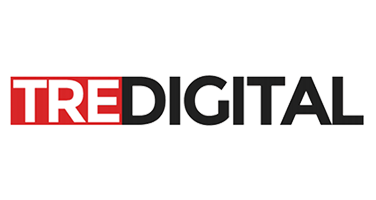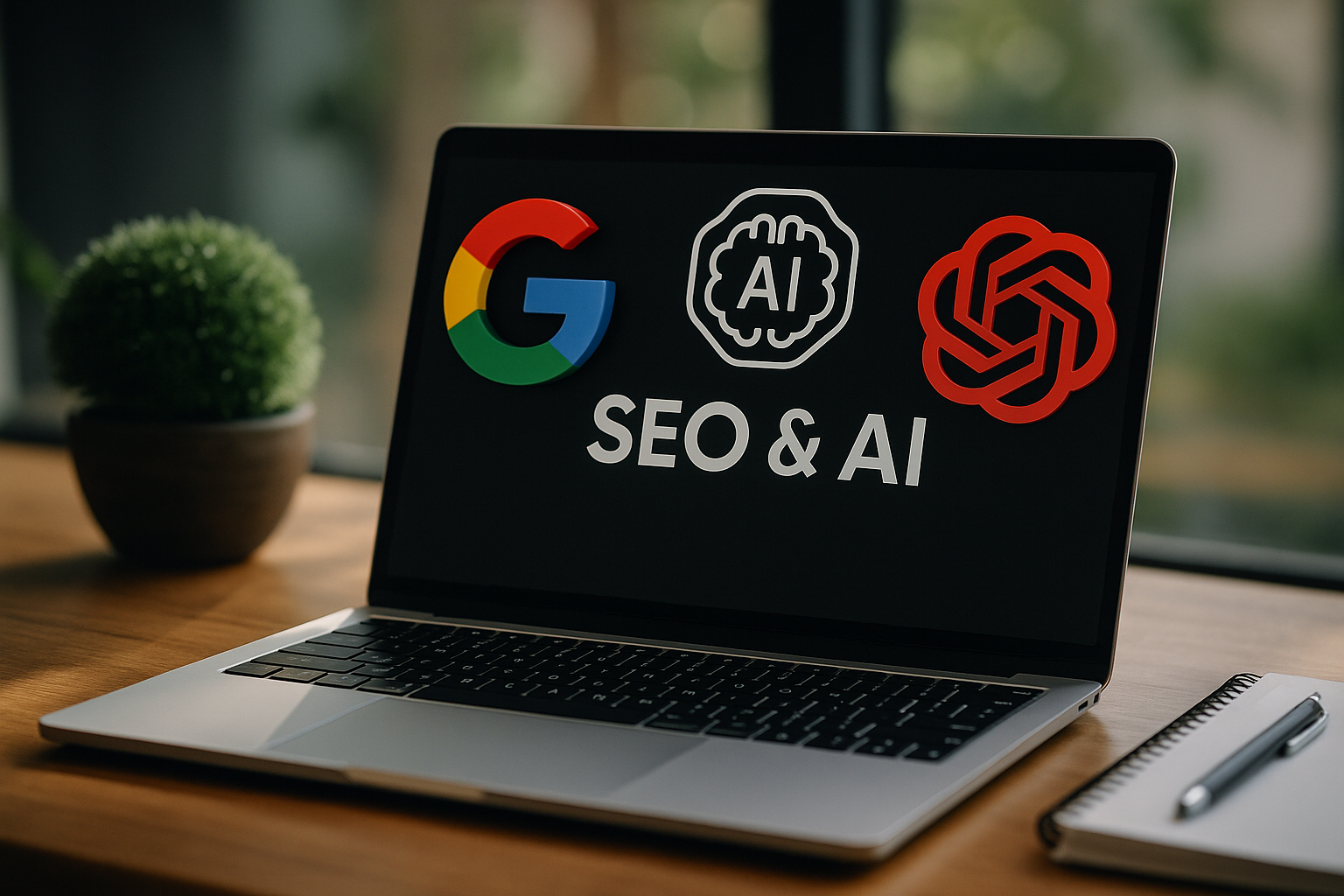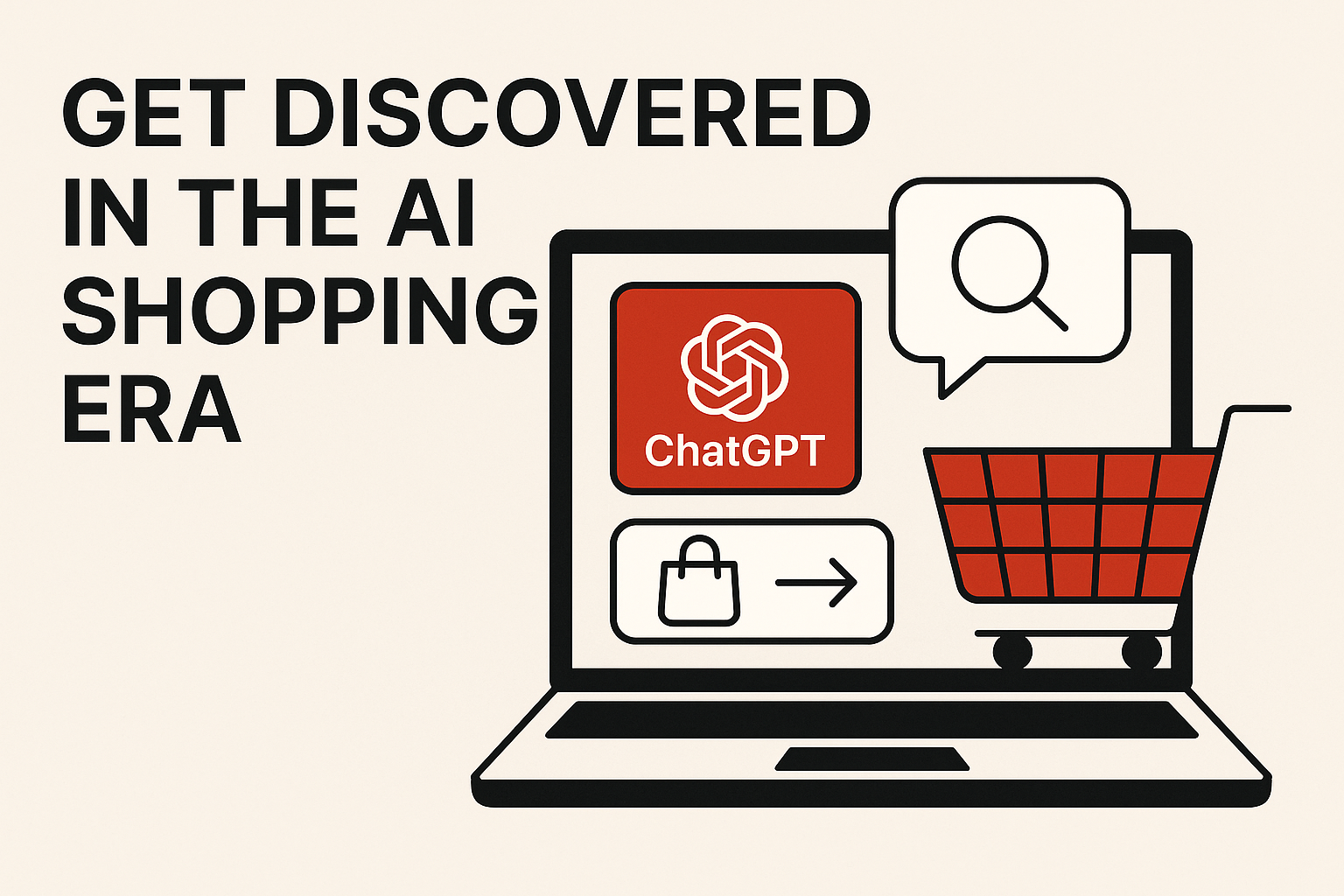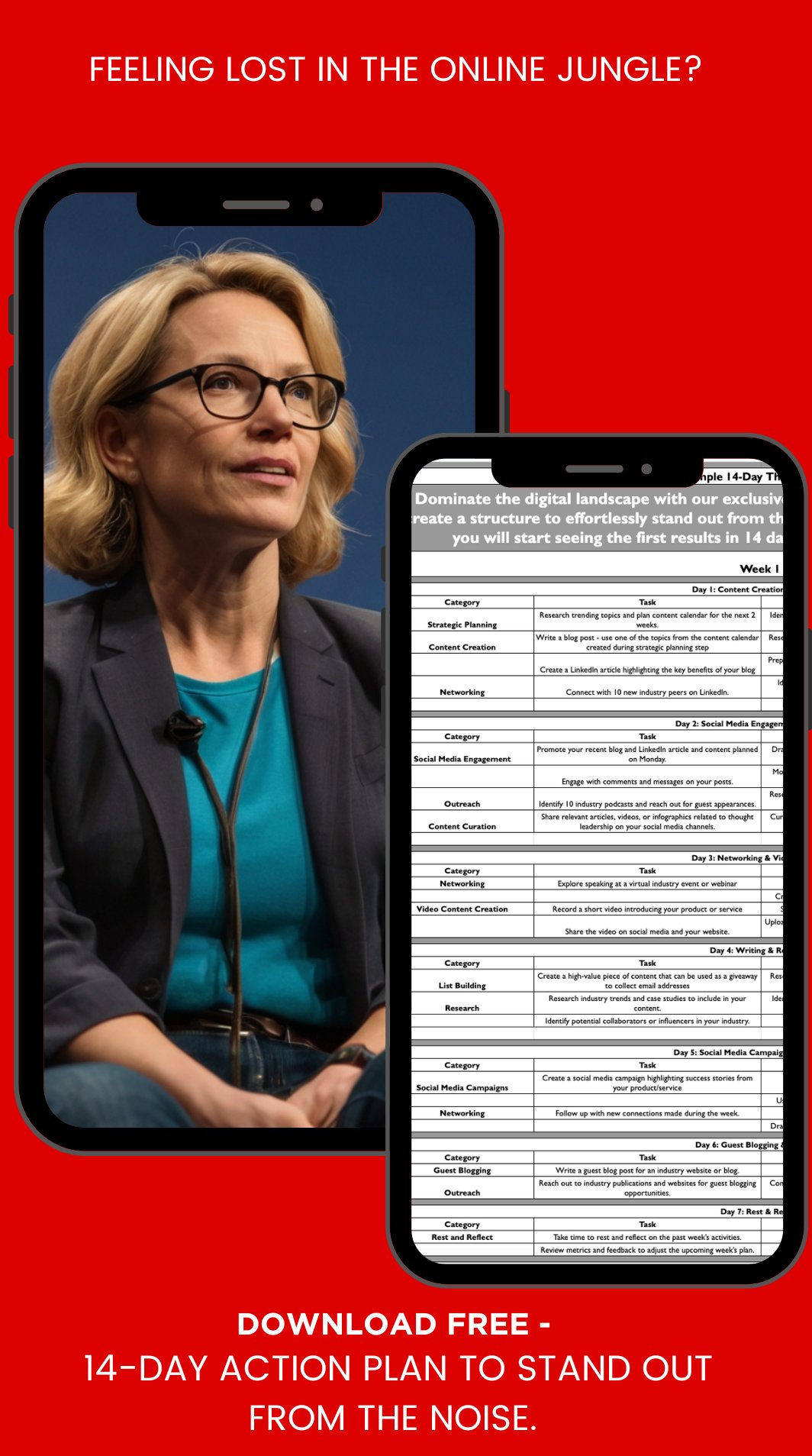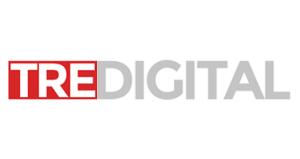The most important thing an emerging brands can do is to differentiate themselves. Becoming a published author is an excellent way to accomplish it. If you are wondering whether becoming an author it is right for you, read the blog on 6 reasons to write a book.
The biggest barrier to becoming the author is not writing skills. It is fear. Fear fueled by the myth that it would take too long and cost too much.
In addition to struggle with creating valuable content, aspiring authors are worried about getting revisions and feedback as well as the sheer cost of getting the professionally produced book. Promotion and marketing plans discussions only add to the anguish.
I strongly believe that with the right scalable process and plan, there is a way to write and publish a quality book efficiently and cost-effectively.
In fact, I ran an experiment to prove that it is quite possible to write a book in a short amount of time and on a small budget. The result of this experiment is the Twitter ABC book now available on Amazon. If you are interested in learning how you can do this too, read on.
Table of Contents
ToggleASSUMPTION # 1: IT TAKES TOO LONG TO WRITE A BOOK.
GOAL: WRITE A BOOK IN ONE WEEK OR LESS.
BRAINSTORM PURPOSE
We kicked off the process with brainstorming all of the potential ways a book can help us achieve our broader business goals. There were quite a few ideas and thoughts, but here is what stood out right away:
- We were launching new scaled social media offering. It provided low-cost social media solutions to small and medium businesses looking to expand their digital footprint.
Target audience for both of these initiatives would benefit greatly from basic social media education. The book would be an extension of our offering and provide extra value to the participants. That took care of determining purpose.
LEVERAGE EXISTING CONTENT
Writing a book from scratch does take months of planning and planning. Luckily we had thorough editorial calendar focused on our core topics. It helped us determine the specific focus of the book (advice for novice social media user). It also meant that we could leverage our own content and experimentation. A lot of the content was already captured in the prior blog posts.
We reviewed all of our existing blog posts and created a table that captured all of our existing blog posts targeting beginner social media users. We further broke these down into two areas: one broad social media advice and the other one focusing on Twitter.
This helped us achieve a number of things:
- Determine topics that we covered in the past and therefore, already had existing content for them.
- Shaped the outline of the book. We had a starting point for us to continue our research.
- Prepared us for the feedback phase with the actual target readers of the book.
SURVEY YOUR TARGET READERS
Based on the previous exercise we had two topics that we were pursuing. As a next step we made a choice to move forward with Twitter being our main focus. The summary of blog topics we’ve written helped us create a draft outline of the book and we were ready to move to the next phase of collecting feedback.
Here are a couple of things we did:
- First we used Google to search for typical questions about Twitter marketing. We read through articles that appeared on the top of the search results to see what they are and are not covering.
- We announced our intention to write a book on all of our social media profiles and groups. We also asked for feedback on what are the top questions each person may have about Twitter.
We were lucky to receive a lot of great feedback. This feedback really helped with targeting our writing to the specific users.
Last step was to compile all of the existing materials, combine it with the new questions and areas to cover and dedicated the whole day to writing. We succeed at creating the first draft in 3 days.
ASSUMPTION # 2: PROFESSIONALLY PUBLISHED BOOK IS TOO EXPENSIVE.
OUR GOAL: PRODUCE AND PUBLISH BOOK UNDER $200.
BOOK COVER DESIGN
There is a range of prices out there when it comes to the book cover design. The common belief is that you have to pay an average of $500-$600 for professional book cover design. We think that with a little bit of research, it can be done for quite a lot less.
We have found a great blog post that talks through conceptualizing your book cover.
You should address questions such as:
- Overall concept for the cover, specifically focusing on key messages you would like to convey.
- Specific style that you want to consider. Each genre has certain expectations for what the book cover should look like. Couple these with your personal style.
- Research and purchase licensed images. Two of our favorite sources of images are CanstockPhoto: You can find a number of high quality images for an average price of $5; DollarPhotoClub: For a $1/image you can download amazing photos. We especially love infographic templates that can be turned into beautiful graphics for your book and blog.
For a lot of our design needs we used Fiverr. There are a few best practices that you should follow if you chose this route.
Search through the list of existing gigs rather than submitting the request for gig. We tried both and noticed that submitting the request for bidders came back with a number of fairly inexperienced providers of service.
Identify top 3 candidates based on the following:
- Number of votes (the more the better).
- % Positive ranking (ideally >98%).
- Average turn around time (4-5 days).
- Multiple examples of real gigs completed.
Contact each of the 3 candidates with a quick overview of your requirements to confirm that:
- They will be able to complete the work on time.
- There is no hidden cost (some gigs take more than just $5).
Based on the response you receive, decide on the final person to complete your gig. In some cases we go with the multiple designers to ensure that we have options to choose from.
If you do go with Fiverr, check out this book cover designer. He did a great job, provided great input on the design and was great at communicating with us.
FORMATTING
Formatting your book for Kindle is quite a manual and painful process. If you are not familiar with the software or the guidelines, formatting may take a very long time. Just in case you do decide to do it yourself, here is the link to the Kindle formatting guidelines.
Our recommendation is that you outsource this task to someone who is already familiar with the guidelines and has software necessary to complete the task. Fiverr has a number of gigs offering formatting, including the one we used.
For our next project, we will be thinking about the formatting step during the initial writing stage. It will make formating a lot easier in the end:
- Images require extra handling and may get distorted during conversion process.
- Bullet formatting is manual, If you can avoid these, do it at all cost. Our book had a number of bullets and indents, so we had to go back and forth to ensure the formatting looked fine.
- Tables and borders are not allowed; make sure your text stands out on its own.
Another alternative that we may consider trying next time is to assemble a creative support team using one of the author support marketplaces, such as Writerly.
FEEDBACK AND EDITING
This step probably took us the most time. We wanted to make sure that we had captured the diverse perspective. Furthermore, getting feedback early on, creates promotional support structure after the book is published
Friends and Family round
Friends and family are not the most objective editors in the world. That said, they are perfect for the first initial feedback pass. You will get great feedback from uninitiated, yet very biased readers.
Professional Editing
This is one area that needs extra attention. Nothing hurts your book more than misspellings and poor grammar. Editors’ style and hourly rates range quite a bit. We were fortunate to have an amazing editor helping us with the book. Mary Rosewood was amazing. She returned the copy-edited manuscript in just a few days. For anyone who is looking for an editor, remember to do the following:
- Ask for a recommendation from a trusted source. It saved us hours of research and ensured that we had the right contact for our book.
- In addition to hourly rate, we’ve asked for an overall estimate. It helps keep the budget under control. This step is very important: editor may only charge $30/hour, but if they take 3x longer to go through your book, you will pay more in the end
- As you may have guessed, we are big advocates of using budget tools and resources. However, for this step you should only look to the vetted service providers.
All in all, we were able to get the first draft of book written in 3 days and managed to keep all of the design and production costs under $200. It is now live on Kindle and we are moving to the next steps of testing marketing for the book.
